How Chevy Went from No Camaros to the Z/28 in One Year
How the first RS, SS and Z/28 Camaros came about.
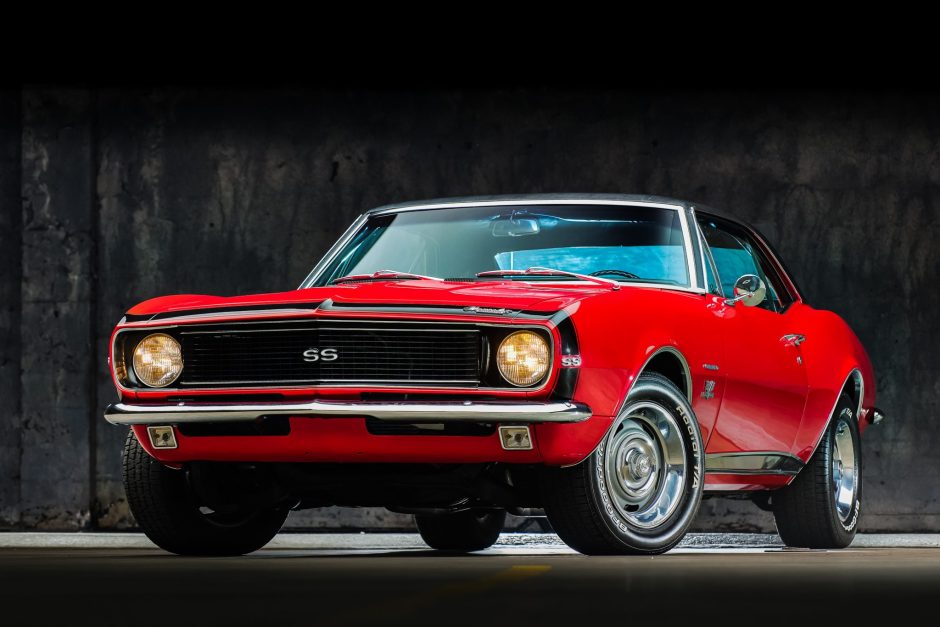
General Motors was pretty much flat-footed when Ford rolled out its sporty, two-door, long-hood, short-deck Mustang in 1964. Mustang sales soared. At the end of the 1965 model year, Ford had sold nearly half a million Mustangs.
GM didn’t have anything in its showrooms to match the Mustang. The only thing GM had was the Chevy II, which included the Nova. No matter how hard you stared at it, it didn’t look like any kind of sports―or sporty―car.
Chevy knew it HAD to respond quickly. But more than that, it had to strive for a knockout blow to the Mustang. Here was their reasoning:
- The Mustang, which was setting sales records, would have been around several years by the time Chevy could bring a competitor to market.
- The new “Mustang Fighter” from GM would have to beat the Mustang on several levels to garner attention, and it had to be superior in looks, handling and performance.


There wasn’t time for starting from scratch, so Chevy engineers decided to use the Chevy II/Nova, an economy car rolled out in 1962, as the platform for their new challenge to the Mustang. The first Camaros shared many of their chassis elements with the Nova.
What’s in a name?
The name for the new car, by the way, hadn’t been decided upon in the beginning. In development, it started out as project XP-836 and had also been referred to as the “F-body”…it was referred to as “Panther” for a long time, right up until the last minute when the new name was announced. Chevy had even teased the press with the name at one point.
By September 1966, the new Chevy was introduced to the world and was in showrooms for buyers.
It was called Camaro.

And even though Chevy executives went on a long explanation of what Camaro meant (friend in French, supposedly), that wasn’t totally accurate. Camaro started with “C”…and that was about it.
The original Camaro.

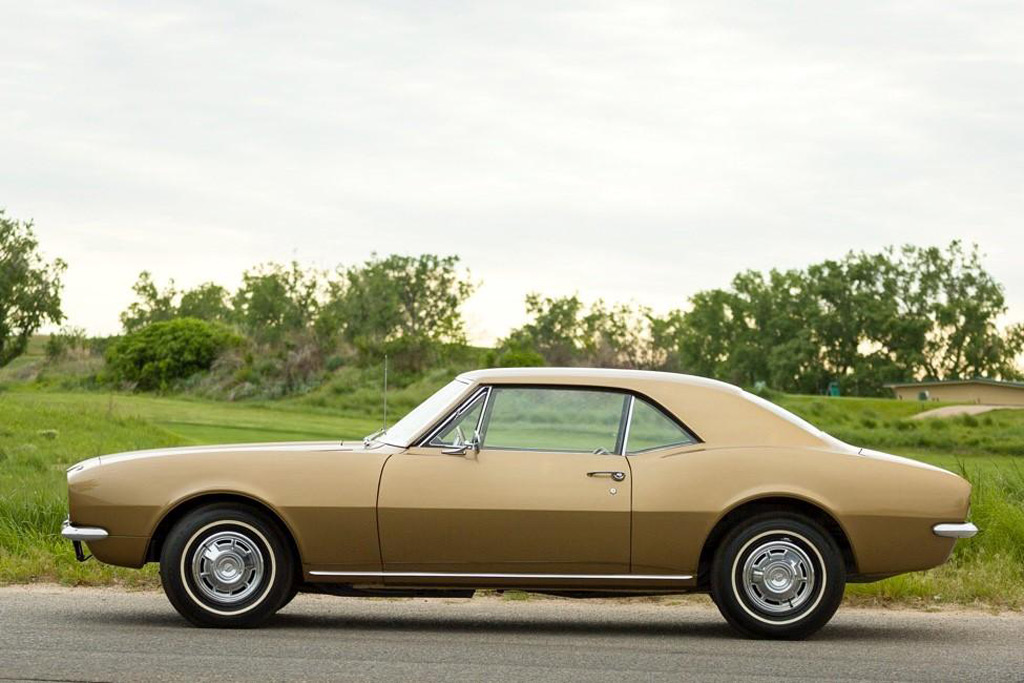
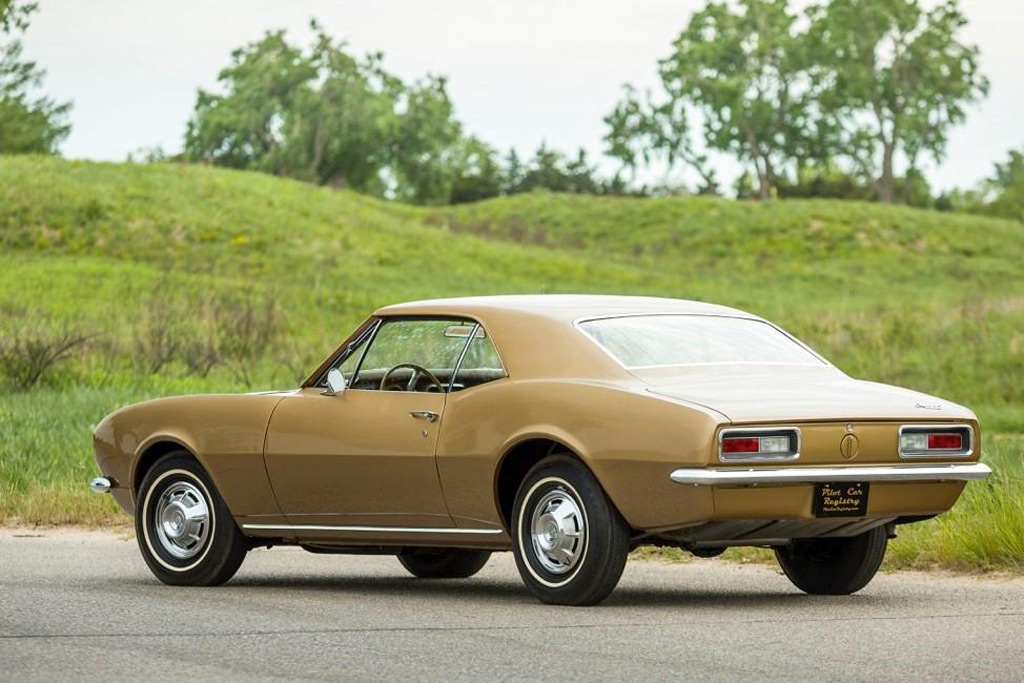
That September, when the first-ever 1967-model Camaros went on sale, the price came in at just under $2,500. The base engine was a 230-cu.-in. (3.8-liter), cast-iron straight-6 that delivered 140 horsepower. The option list was long and included four different small-block V8s and two big-blocks. The top choice of the engine options was the 375-hp, 396-cu.-in., L78 big-block.
Just under 221,000 Camaros were sold that first year, half the number of Mustang sales, but the race was on.
The Camaro models rolled out in just two models—a coupe and a convertible/ragtop.
But there were options for looks, for power, performance/handling and for racing. And when you combined them all, you got something special.
The original RS.

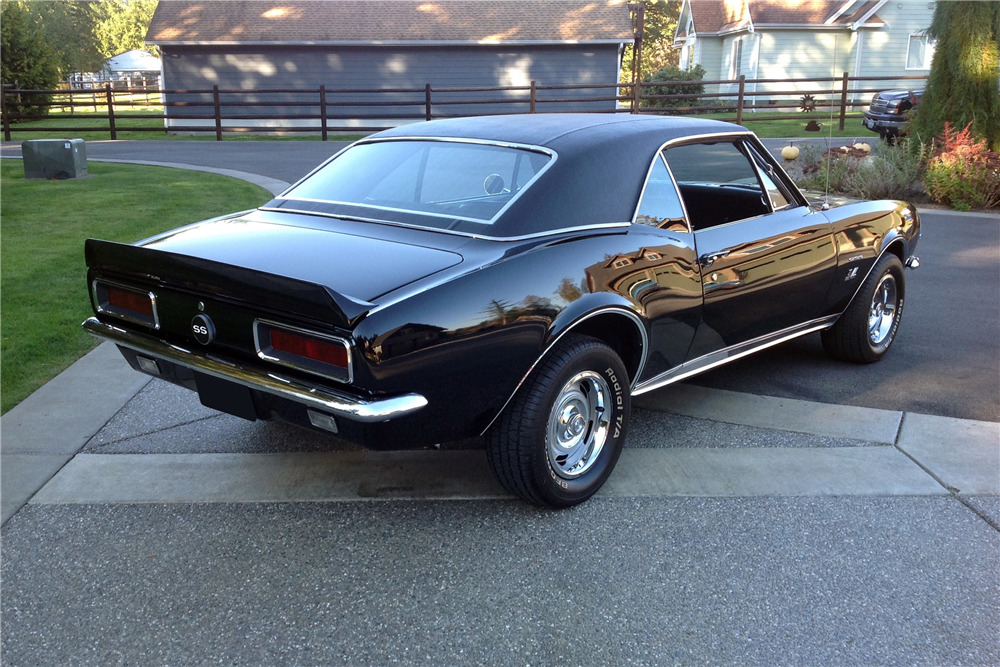
The RS (Rally Sport) option, described as a feature/appearance package, took Camaro visually to the next level: hidden headlights (with electrically activated doors), new taillights, backup lights below the bumper, RS insignias (badging) and exterior trim.
Chevy itself marketed the RS as a “more glamorous version” of the base Camaro. Of course, the RS convertible looked quite glamorous.
You could add the RS package to any model Camaro. Just under 65,000 customers swept up an RS.
The original SS.
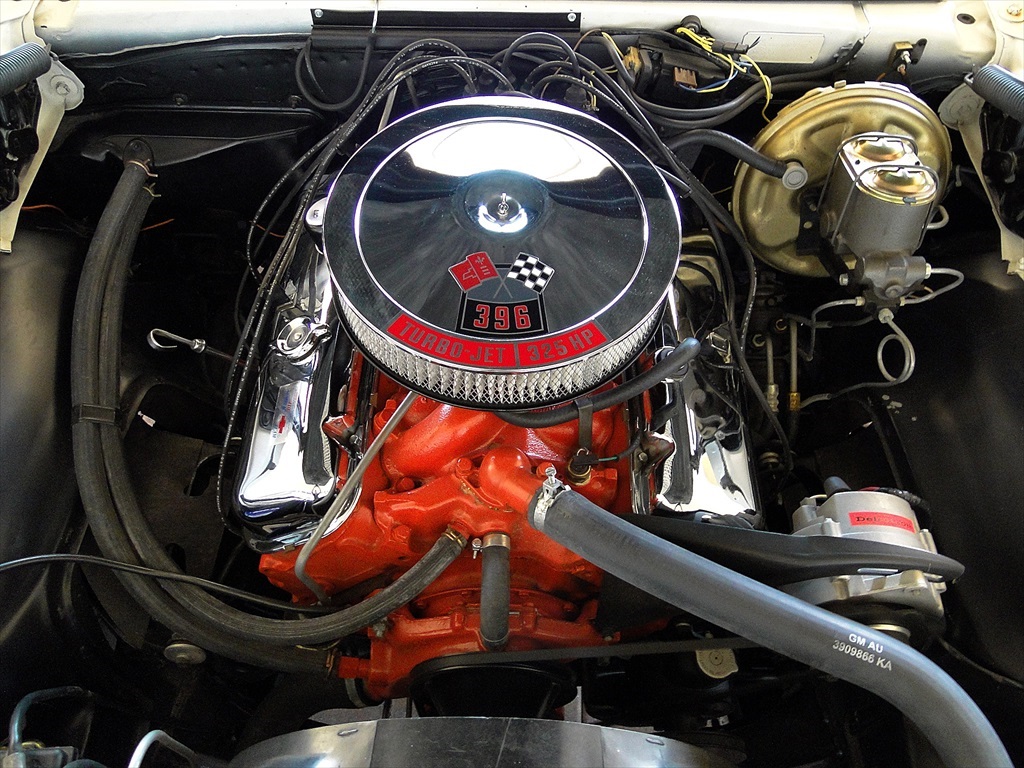
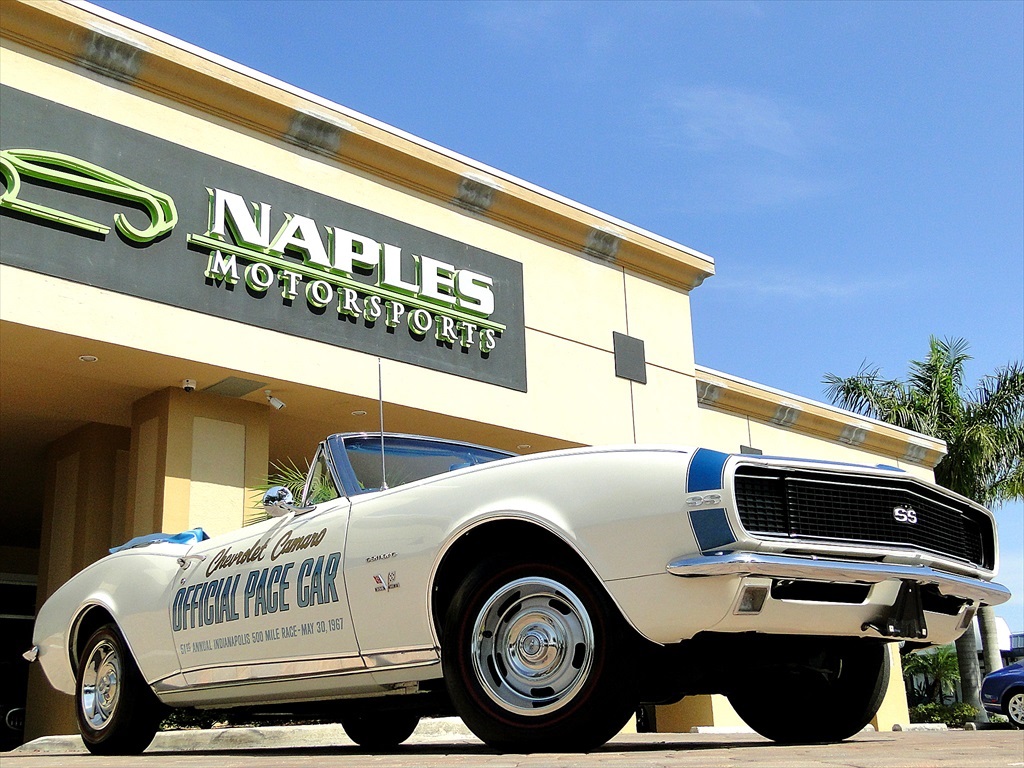
The Camaro SS (Super Sport) option delivered more power and pizzazz. It offered either a 350-cu.-in. or 396-cu.-in. V8 engine. To help handle that extra power under the hood, the SS also came with a chassis upgrade.
To show others you were driving something special, the SS featured special striping, SS badging and nonfunctional (fake, but very cool-looking) air inlets on the hood. Over 34,000 buyers put the SS badging and accessories on their Camaros.
The original Z/28.
The Z/28 was a version of Camaro that was not advertised to the general public, and most Camaro buyers were unaware of it. It first came out in December 1966 and was officially a part of the initial 1967 Camaro model-year.
Here’s how it came about: Chevy was involved in the Sports Car Club of America Trans-Am Racing Series. For a Camaro to race, it had to be under 305 cubic inches, but with plenty of punch.
A Chevy engineer named Vince Piggins dreamed of offering what he saw as “race ready” Camaros in the showrooms of every Chevy dealer. So, he built a complete prototype and then had the president of Chevrolet, Pete Estes, drive it. Estes gave it an immediate thumbs-up, and the car went into production.
It was called the Z/28. It was simply a letter and a number in the standard GM parts ordering system.


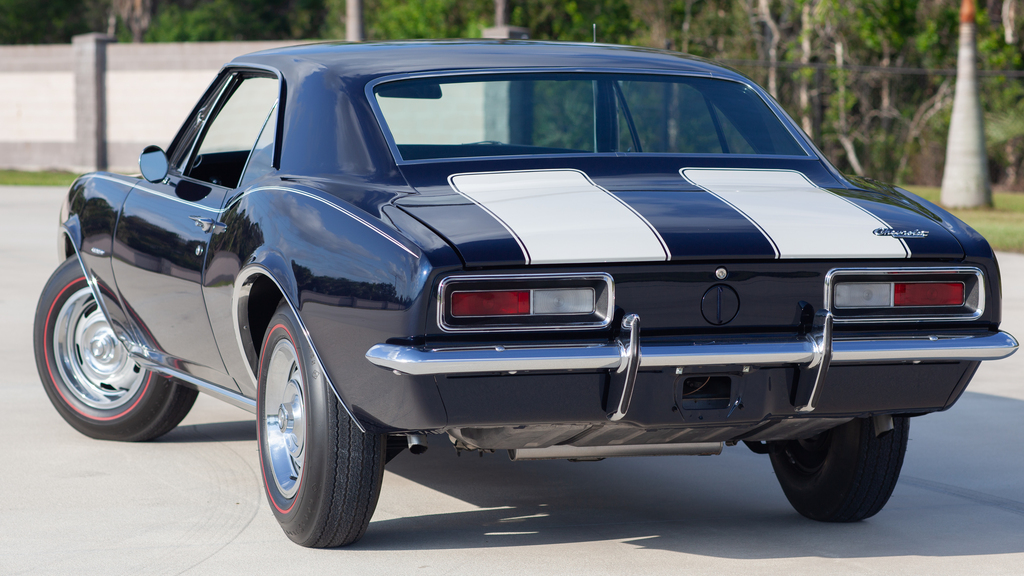
The Z/28 performance package was designed (with a few other changes) to allow the Camaro to compete in the Trans-Am Series. It featured an engine that had been modified for racing. Chevy engineers boosted the power on the Z/28, according to the Complete Book of Chevrolet Camaro, by fitting a cross-ram intake manifold onto a 302-cu.-in. V8, with a high-lift camshaft and transistorized engine. They listed the horsepower at 290, but that was considered underrated. The Z/28 also delivered upgraded suspension and front-disc power brakes.
The SCCA approved the Camaro Z/28 fit for racing competition.
On the outside, the Z/28 came with wide racing “skunk stripes” on the hood and trunk lid (if you wanted them), “302” emblazoned on the front fender emblems early on and “Z/28” emblems in late 1968 and 1969. Chevy had to build 1,000 showroom-ready Z/28 Camaros and make them available to buyers to allow the car to be eligible for Trans-Am racing.
If buyers back then got wind of the deal, and if the dealer knew the score too, they could order a Z/28—that was the only way to get one. The street-legal Camaro wasn’t written up or advertised in official sales literature.
Just over 600 lucky Camaro buyers snagged a 1967 Z/28.
You never forget your first.
The 1969 Camaro was the best-selling model in that first generation. In fact, Before the 1970 models rolled out, 700,000 first-generation Camaros (1967–1969) had been sold.

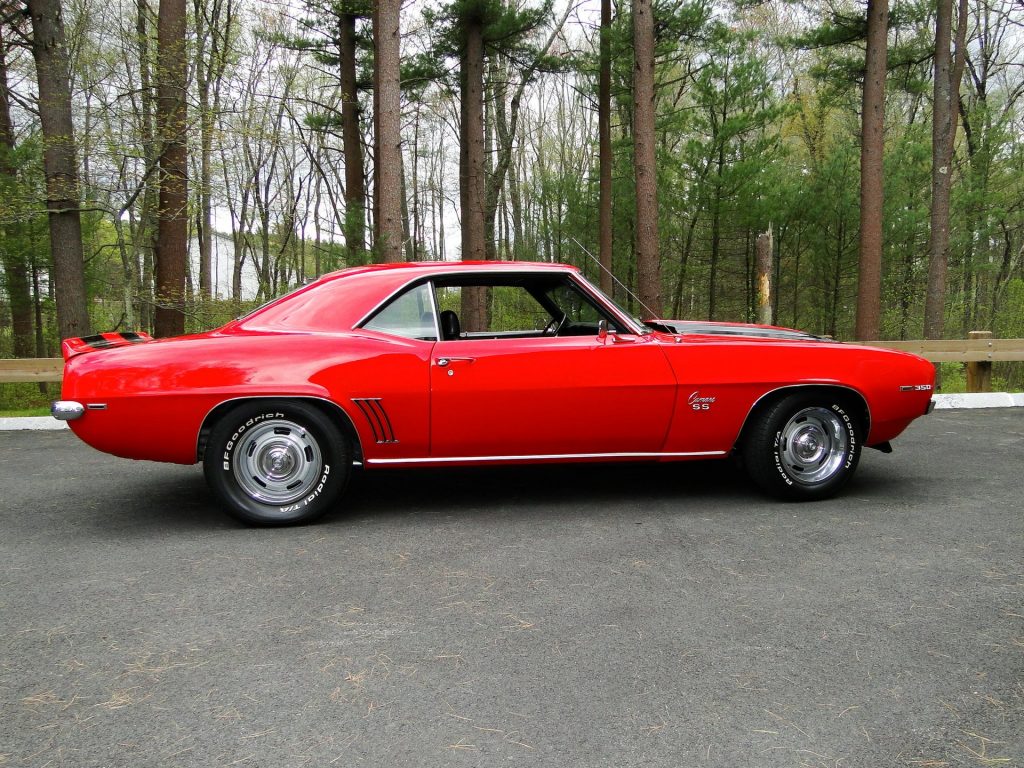
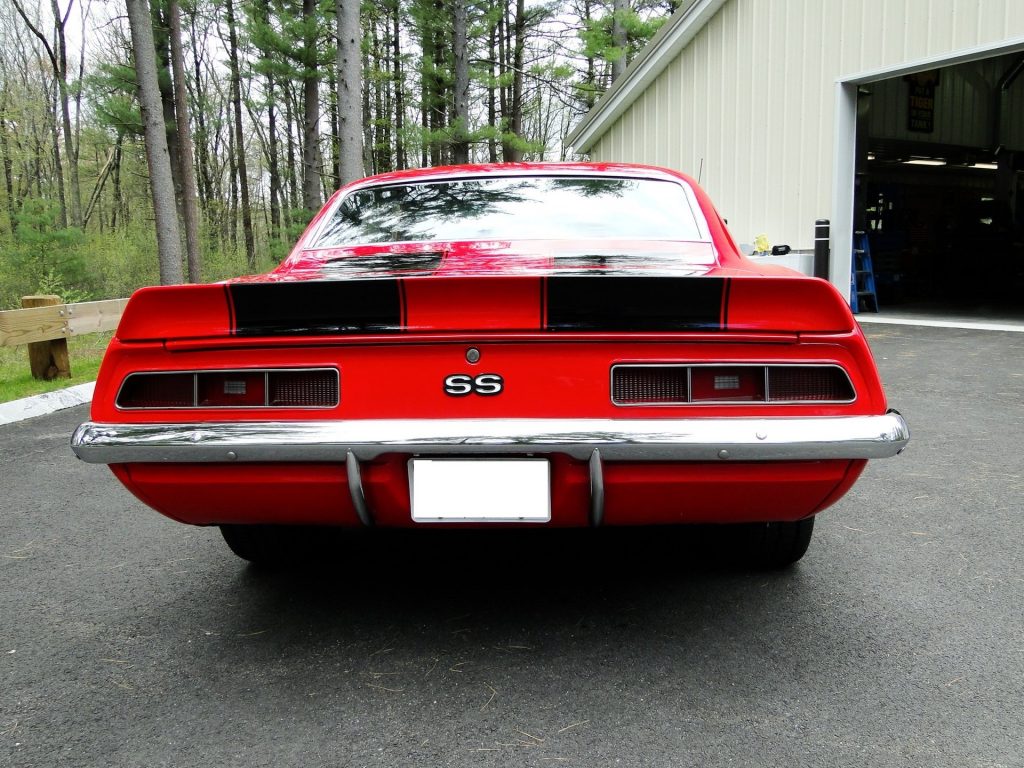
Chevrolet produced nearly 221,000 Camaros in 1967, more than 25,000 of them convertibles. The second year, they produced about 234,000 units. In 1969, perhaps Camaro’s best year, production ran at just over 243,000.
The rarest of the final year of the first-generation Camaro are the 6-cylinder convertibles: Only 1,700 were built. On the opposite end of the spectrum, nearly 191,000 V8 sport coupes were produced (the most common Camaro).
If you’re excited now to go shopping for a vintage Camaro, have your checkbook—make that your credit line—handy.
See the 1967 & 1969 Camaro in Action:
Resources:
“The Complete Book of Chevrolet Camaro, 2nd Edition”: 2017 Quarto Publishing Group USA, David Newhart; musclecars.howstuffworks.com/1969; mikeduman.com/blog/history-z28; motortrend.com/camaro-buyers-guide; en.wikipedia.org/wiki/ChevroletCamaro; autoguide.com/auto-news/first-chevrolet-camaro; caranddriver.com/features chevrolet-camaro-generations-body-styles; gmpartscenter.net/48-chevy-camaro-facts
